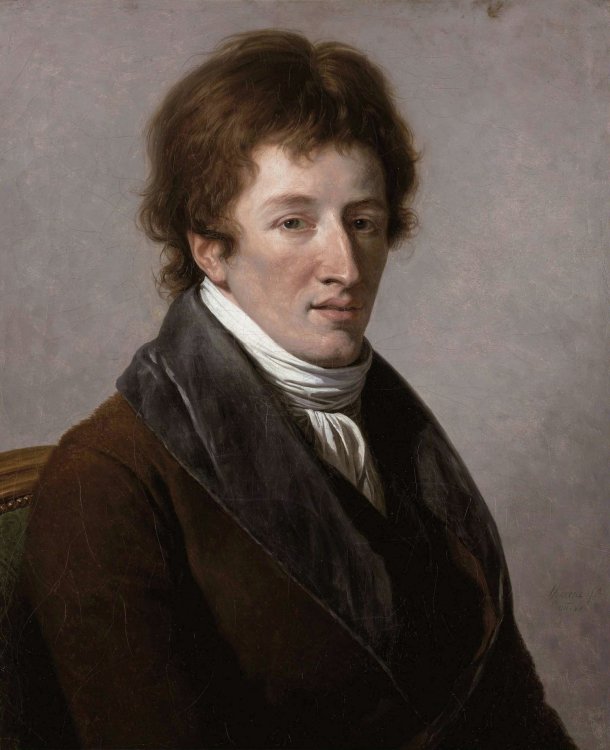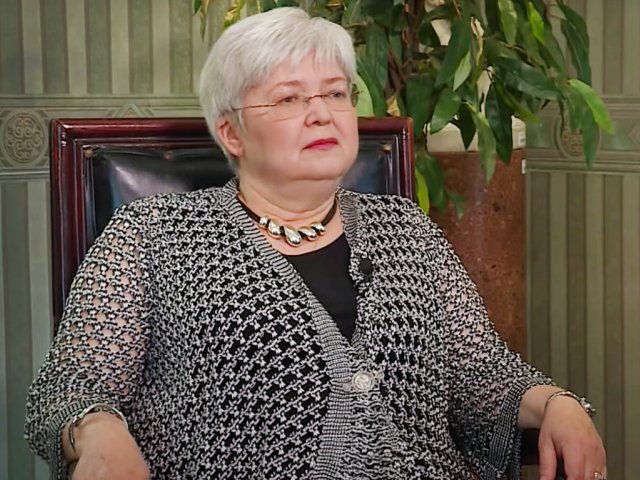Official:
Georges Leopold Cuvier. August 23, 1769 – May 13, 1832. French natural scientist. He is considered the founder of comparative anatomy and paleontology.
Life and Work:
1. Georges Leopold Cuvier was born in the town of Montbéliard, which was called Mempelgard back then and belonged to the Duchy of Württemberg, to a Protestant family that had lived there since the Reformation. His father, once a Swiss Guard lieutenant, then a respectable bourgeois, was much older than his mother.
2. Georges Cuvier had absolutely no intention of founding any sciences. A modest scribe, a graduate of the Karolinska Academy in Stuttgart, he entertained himself as much as possible. His life as a home tutor in the Norman wilderness was a bit boring, so out of boredom he began to dissect and describe animals. Excellent memory, observation skills, and the habit of systematic work bore fruit that were published in the Bulletin of Zoology.
3. Hard work and useful acquaintances led Cuvier to Paris, where he quickly advanced and took the chairs at the Sorbonne and the Collège de France.
4. Napoleon himself was fond of Cuvier – he showered the scientist with orders and asked European sovereigns to send him the bones of prehistoric monsters.
5. Cuvier also served in the Council of State, where he supervised theology departments. He was elected a member of the French Academy, awarded the Legion of Honor, and shortly before his death was made a peer of France.
6. Surprisingly enough, it was his mistakes and delusions that granted Cuvier all these successes, as well as a place in history next to the most outstanding scientists. Until the last day of his life, Georges Cuvier was convinced of the immutability of species and the fallacy of the evolution theory.
7. Cuvier’s answer to the simple question of where the now fossilized animals disappeared and where new species of living creatures came from was his famous theory of catastrophes. According to this hypothesis, each geological period had its own fauna and flora and ended in an enormous upheaval or catastrophe. All living things on earth perished, and then a new world of living nature emerged –God created it again.
8. But here is a paradox: having fundamentally wrong views on the origin of species, Cuvier diligently did everything to develop the evolutionary doctrine. After all, it was he who derived the law of the correlation of parts, according to which a change in one organ is always accompanied by a number of changes in the others.
9. Cuvier improved the classification of the animal kingdom and restored about one hundred and fifty species of fossilized animals. “Give me the bone, and I will describe the animal,” – today, even people who are far from biological sciences know this Cuvier’s phrase.
10. The new research avenues Cuvier paved, the factual material he gathered, the paleontology and comparative anatomy he founded – all that set the stage for the triumph of the evolutionary theory. Russian geologist and paleontologist, Academician Aleksey Alekseyevich Borisyak, put this very precisely, “...modern science and the theory of evolution itself is based on Cuvier’s work, but not on the evolutionists and natural philosophers of his time... Cuvier prepared results that he did not foresee... he led where he did not want to go.” But science has its own logic, we can say.
11. Fate did not grant him any happiness in his personal life. Cuvier married the widow of a general who died by guillotine; the scientist outlived all four of his children.
12. Cuvier’s salon in Paris, where scientific luminaries gathered, was once visited by Prince Paul of the House of Württemberg. He took his children with him, and his association with the bright stars of science and art played a crucial role in shaping the personality of Princess Frederica Charlotte, the future Russian Grand Duchess Elena Pavlovna. After moving to Russia, she, following her mentor’s example, opened her salon in the Mikhailovsky Palace of St. Petersburg.
13. Once they decided to play a joke on Georges Cuvier. At night, a head with horns poked through his window and growled menacingly, “I’m going to eat you!” “No, you won’t,” the scientist replied calmly and then convincingly motivated his statement, “You have horns, so you are a herbivore!”
14. Cuvier Island in New Zealand, a variety of roses, a miniature crocodile – Cuvier’s caiman and some other living creatures were named after Cuvier. And not only living ones: Cuvieronius – an extinct member of the Proboscidea family Gomphotheriaceae. This animal is about three meters tall, resembling an elephant; it lived in South America.
15. Georges Leopold’s brother Frederic was a zoologist and several animals were named after him as well. For example, Cuvier’s gazelle, which gallops across the sand hills of North Africa.






















